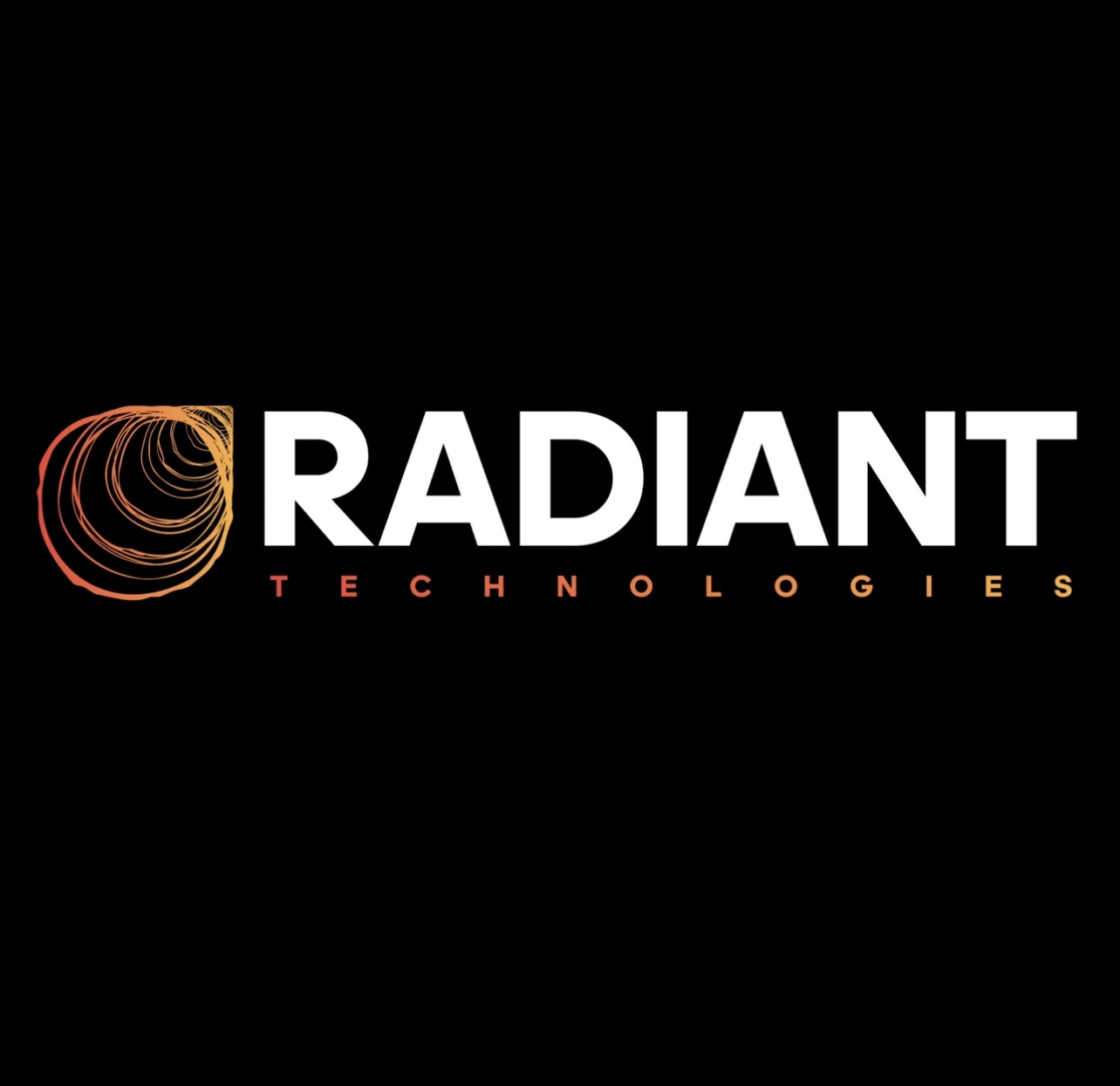The film industry has always been shaped by innovation, from the introduction of sound and color to the rise of digital effects and streaming platforms.
Today, we’re witnessing another pivotal shift—one that blends content, technology, and audience behavior: the rapid rise of Connected TV (CTV).
🎬 The State of the Film Industry in 2025

The film industry in 2025 is at a crossroads. Theatrical releases have bounced back post-pandemic, especially for event films and major franchises. However, mid-budget and independent films continue to face distribution challenges in traditional cinemas. Studios are increasingly relying on multi-platform release strategies: a combination of theatrical runs, streaming debuts, and now, direct-to-CTV premieres.
Meanwhile, production has become more agile and global. Virtual sets, AI-driven post-production tools, and international co-productions are reducing costs and speeding up timelines. But with more content than ever, capturing audience attention has become the industry’s most valuable currency.
READ MORE: Knives Out For The Trade Desk’s Take Rate As CTV Takes Off
📺 What Is Connected TV (CTV)?
Connected TV refers to any television that connects to the internet to stream digital video content, either through smart TVs, gaming consoles, or devices like Roku, Fire TV, or Apple TV. Unlike traditional cable or broadcast, CTV allows viewers to access content on demand—often ad-supported or subscription-free.
With over 85% of U.S. households now using some form of Connected TV, this format has become a dominant force in how people watch films, series, and live content.
🚀 Why CTV Is Transforming the Industry
- Distribution Without Gatekeepers
CTV empowers independent filmmakers, niche studios, and alternative networks to reach global audiences without theatrical limitations or reliance on major platforms. Services like Radiant TV, Tubi, and Pluto TV offer curated libraries with lower entry barriers for new content. - Audience Engagement + Data
CTV provides real-time viewer analytics, enabling content creators to understand what resonates and adjust strategies quickly. Unlike traditional TV ratings, CTV gives detailed feedback—what’s watched, rewatched, skipped, and shared. - The Rise of AVOD & FAST
As subscription fatigue sets in, viewers are gravitating toward Ad-Supported Video on Demand (AVOD) and Free Ad-Supported Streaming TV (FAST) channels. These models create new revenue streams for indie films and older catalogs alike, driving long-tail monetization. - Interactive & Targeted Content
With CTV, ads and content can be personalized, and interactive formats (like choose-your-own-adventure films or gamified experiences) are emerging. It’s not just passive viewing—it’s becoming an active, tailored experience.
READ MORE: CTV Still Has A Fraud Problem

🎥 How Filmmakers Are Adapting
Producers and directors are now considering CTV during pre-production. Content designed for at-home viewing often features tighter runtimes, faster pacing, and modular storytelling that fits binge-watching habits.
Marketing strategies have also shifted. Instead of wide theatrical campaigns, creators are leveraging social media, niche influencers, and digital premieres to build momentum on CTV platforms. Direct fan engagement is becoming a critical success factor.
🌐 What’s Next?
As 5G and AI further shape content delivery, Connected TV is poised to become the default viewing mode for millions. Theaters will always have a place, particularly for blockbuster experiences—but for discovery, diversity, and accessibility, CTV is leading the way.
In this new era, the screen may not be silver, but the opportunities are golden.
Step into the ultimate entertainment experience with Radiant TV! Movies, TV series, exclusive interviews, live events, music, and more—stream anytime, anywhere. Download now on various devices including iPhone, Android, smart TVs, Apple TV, Fire Stick, and more!


